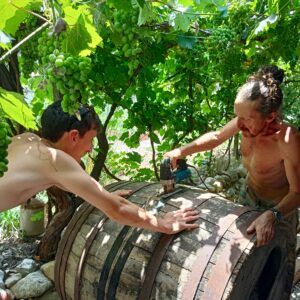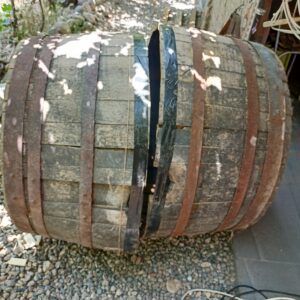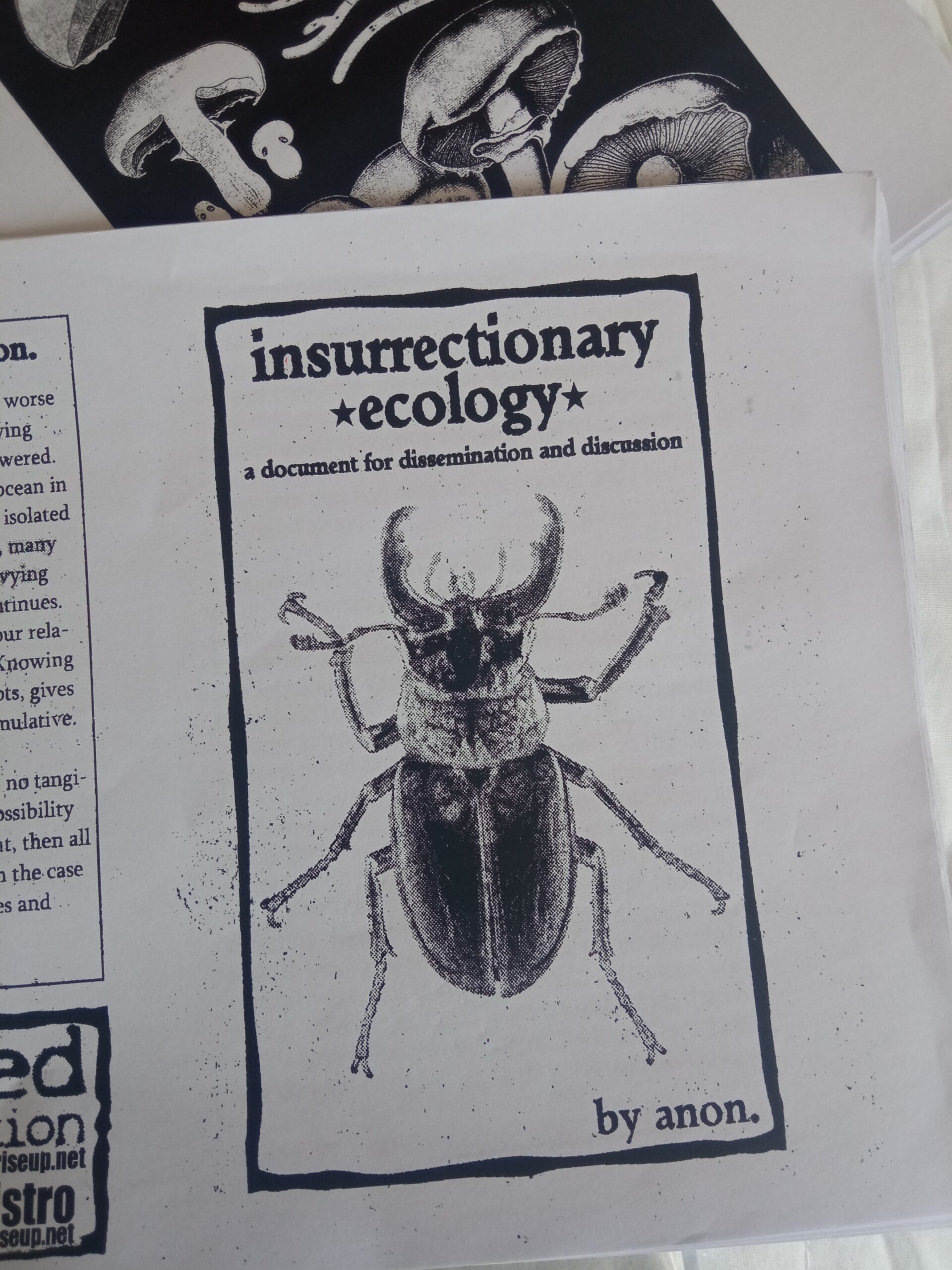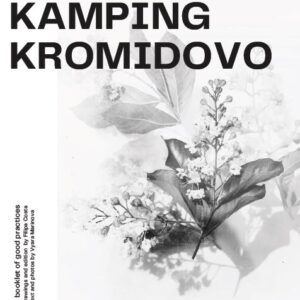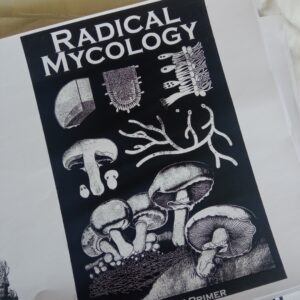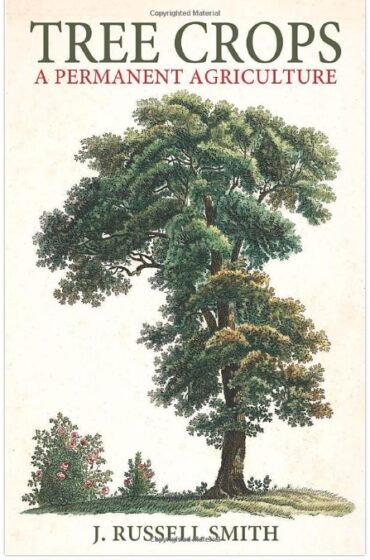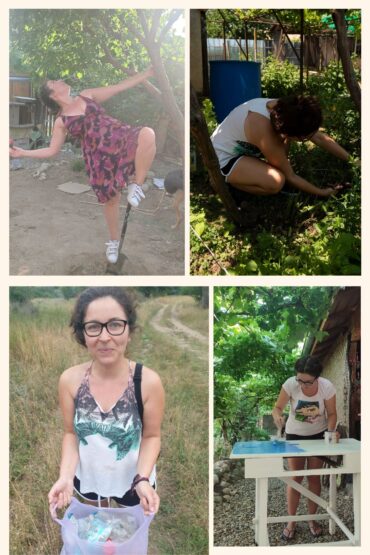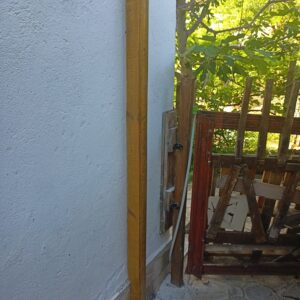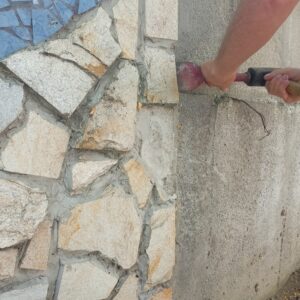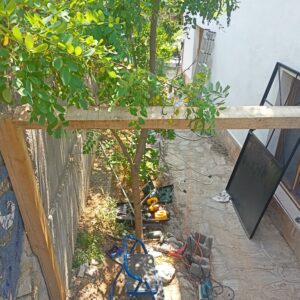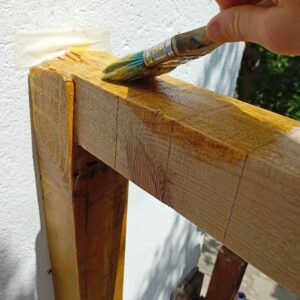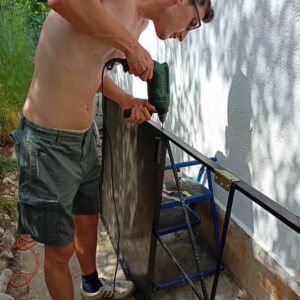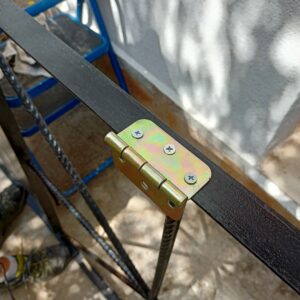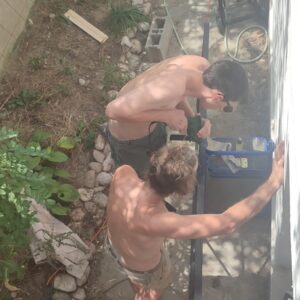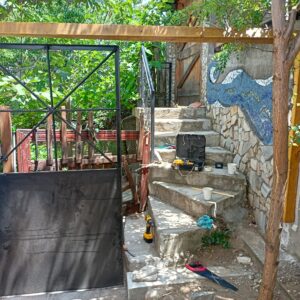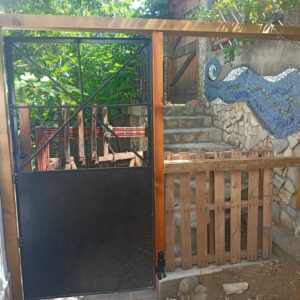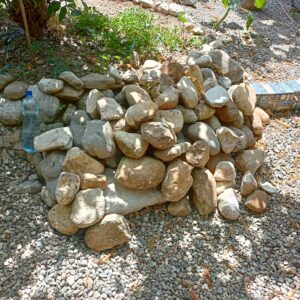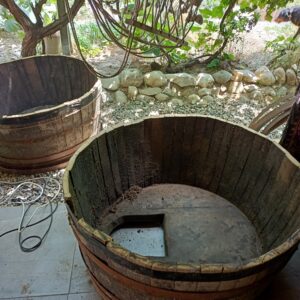Filipa:
Hello, hello! 🙂
After finally taking a well-deserved holiday and being with my family for a bit, I can share with you here on week 12 of the project what I’ve been up to for the last few days since I got back from my break. I took the opportunity to finish some of the plans I had pending and I finally managed to finish my last drawings of the good practices of Camping Kromidovo. These correspond to the composting system they have, the place where they do water filtration (grey-water system) and the composting toilet.
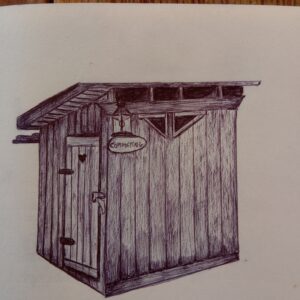
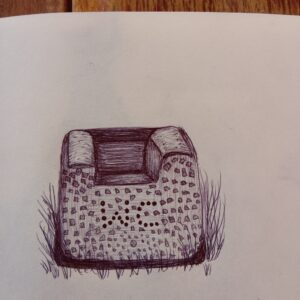
With the drawings finished, which took a lot of my time, I was finally able to start the booklet with the good practices of this location. Besides helping the camping site to have a reproduction of its activities and spaces to eventually become a LAND Center, I leave a little of myself with this place that I called home for 2 months, which will serve to show its guests that this is a magical place with its own energy. So, I also share here a little preview of some of the pages of the booklet, whose edition and drawings were made by me and the text was adapted from the handbook that Vyara wrote. The photos are hers and our coordinators ownership.




Photos 1 and 3 Michaela Tsarchinska, the rest made by Vyara; drawings by me
Since my days were pretty much occupied by these activities, I would also like to share some of the permaculture materials I have been reading while taking a break from editing the booklet and drawing: all about radical mycology and revolutionary ecology.
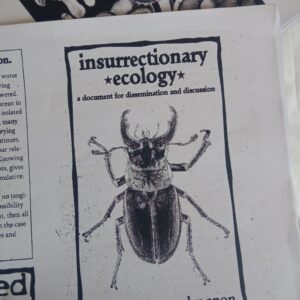

It was nice to write this, although small, blog entry with you 🙂 Take care!
Renzo:
Hello everyone!
My name is Renzo and I am writing to you from Kromidovo. Last Tuesday I decided to travel to this village in southern Bulgaria to meet the hosts and the rest of the volunteer team. I was delighted with the landscapes and the nature, especially when making the trip from Sofia to Kromidovo, which is about 3h30, always surrounded by the amazing mountains. Kromidovo really has its own natural charm and for me it is a wonderful experience to be here together with the rest of the team. These last few days I’ve had the opportunity to learn about the incredible work that John and Sara are doing in terms of sustainable practices. Their tour helped me a lot to understand how they are including permaculture principles in their business and property.
Besides introducing me to permaculture by watching videos of places that have things well implemented, I had the opportunity to watch several interviews with Bill Morrison, as well as start reading a manual of ecological farming principles. Some of the activities I did this week included helping the hosts with their summer kitchen, not only picking up rocks to design the space but also going to Sandanski to collect materials to complete the next process of the project. So I had the opportunity to get to know another Bulgarian town with its amazing landscapes and see the differences in culture from my country to Bulgaria.
Maintaining the space and the nature that surrounds it are very important, as well as picking fruit from the trees, not only for direct consumption but to prevent rotten fruit from attracting insects and making the place a little more difficult to navigate with so much fruit on the ground, so I spent a few hours picking mulberries. Another activity I did that was related to the topic was cutting bamboo – although it is very good for creating shade and lowering the temperature of the space a bit, especially since it is very hot here in the south, it grows too much and it is difficult to control its spread. So I spent a few hours cutting bamboo, which will be used by Sara and John to develop projects at the campsite, and the leaves and branches will be used later for the campfire.
Since connecting with people is a very essential part of the project, I had the opportunity to explore Kromidovo, talk to some of the people who are part of the village and pick up trash while doing so, making the experience more rewarding 🙂
See you next week!
Vyara:
Hello, hello!
This week I finally had the time (and most importantly, motivation) to start working on permaculture teaching materials. I must admit that I was not looking forward to this particular activity, because let`s face it: practice is much more fun than reading theory, at least for me. I love reading books, but I much prefer to read theory books with other people and discuss information and ideas with them. So, the main task given to us was to prepare teaching materials regarding the history of permaculture. I hesitantly delved into it, but as I often do, I went into an information rabbit hole and I found a very interesting book, which inspired me to write this post.
Everybody (in the permaculture world) is aware that Bill Mollison and David Holmgren are the founders and co-founders of the permaculture movement, but permaculture is not a new ‘’invention’’. Both men have contributed to turning the concept into a system, but permaculture itself is based on knowledge of our tribal ancestors. So, this week I have decided to write reviews of three of the most influential books in the permaculture movement. I will start with the most recent one: Tree Crops: A Permanent Agriculture by J. Russell Smith.
At the beginning of the book, J. Russell Smith mentions that this book is written ‘’to persons or imagination who love trees and love their country’’, I don`t think it ever occurred to him that his book will become a classic of the global social movement and probably the inspiration for the name. First published in 1929, extremely progressive for its time, it dives into the problem of soil destruction caused by regular tilling of the cropland. The author himself states that the first three chapters contain the most important information, and from then on everybody decides which chapter interests them the most and they want to explore any further. Smith was a visionary, who realised that tilling is the main culprit to soil destruction and tree crops both in terms of productivity and soil conservation.
Favourite quote from the book: Soil erosion ‘’is the greatest and most menacing of all resource wastes. (…) It removes the basis of civilazation and of life itself. It is far worse than burning a city. A burned city can be rebuilt. A field that is washed away is gone for ages. Hence the Old World saying ‘’After the man the desert.’’
My all-time favourite: ‘’One straw revolution’’ by Masanobu Fukuoka. In order to capture the ideas and concepts you need to read this book at least two or three times, each time it will reveal more secrets about not only farming, but life itself. Years of experimenting on his small farm resulted in a naturally harmonious and productive way of farming that he names do-nothing-farming. Don`t be fooled by the name, natural farming is a lot of work! Before you start you need deep awareness of the natural world, becoming conscious of the processes surrounding the space you want to cultivate, and also a great deal of inner work, within you.
Favourite quote: ‘’The reason that man`s improved techniques seem to be necessary is that the natural balance has been so badly upset beforehand by those same techniques that the land has become dependent on them. ‘’
I decided to limit my recommendations to three books because I don`t want to overwhelm the public and take up too much space in the blog. So, book number three is ‘’Restoration Agriculture- real world permaculture for farmers’’ by Mark Shepard. This book explains in detail the building of an agricultural system that imitates the natural land processes, and why a perennial polyculture farm is more productive and healthier than an annual, monoculture old school farm.
Favourite quote: ‘’In addition to the curse of ceaseless labor, the adoption of annual plants as staple food crops have carried with them another curse. Every human society that has relied on annual crops as staple foods in their diet has collapsed. Every single one. Every human society from the temperate zone to the tropics that has relied on annuals to feed itself, is now gone. And the rich, abundant ecosystems where their temporary societies once flourished have been rendered into dust.’’
I did a lot of interesting things this week, but I think I already took up too much space on the blog, so I think I am better off showing you what I did with a collage 🙂
- helped a local family, picked some herbs with them
- picked some litter with the other volunteers;
- finished the table restoration project;
- kept working on the dry garden;
See you next week!
Ewan:
Hello again 🙂
This is going to be another fairly short blog post from me, as most of my time this week was spent on the same task, which was helping the hosts fit a new gate. Instead of talking you through the whole process, as it was mainly just a lot of drilling and painting and other monotonous tasks, I thought I would present it to you through a series of pictures :).
There were some other non-gate-related tasks that I did this week, one of them being collecting rocks from the local area. John, Renzo and I drove around trying to spot some, which are going to be used by Sara for a range of things in the garden. After a short drive, we spotted lots of them by the river bank, and so headed down there. Being careful to check for scorpions under each rock, we filled up the boot of the van with them and brought them back to the house. The rocks are going to be used in the dry garden for making an edge on the path that I made, and also some borders for raised beds.
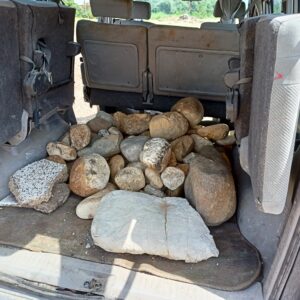
Another task I worked on this week was some more restoration and repurposing work, again on an old barrel. For some reason, the hosts have a lot of old barrels lying around it seems… Anyway, this one was huge, and Sara had the brilliant idea of cutting it in half and using one half for growing things in the garden like a raised bed and the other half is to be made into a wildlife pond. I’m looking forward to showing you some pictures of that next week (assuming an essential part arrives in the post in time!) See you then 🙂
